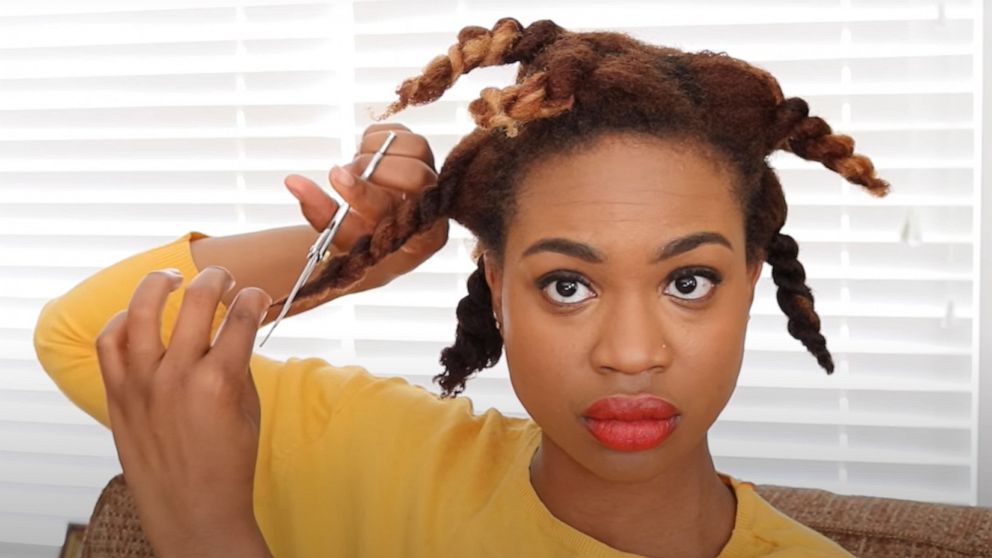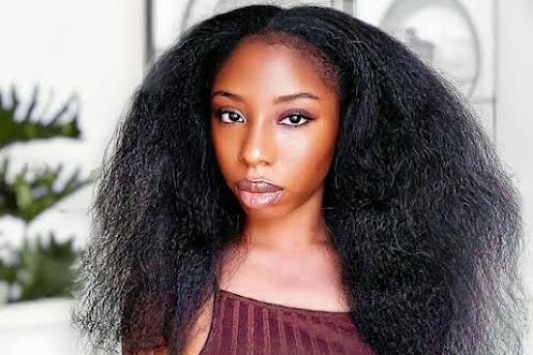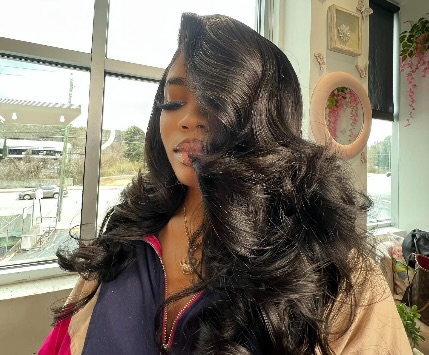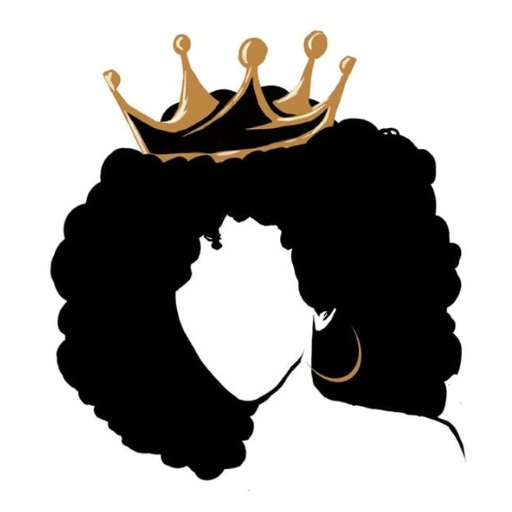For many of us, healthy hair growth is a top priority, but split ends can quietly work against those goals.
These tiny yet persistent signs of damage can make strands look dull, frizzy, and uneven, stunting progress no matter how much effort you put into your routine.
The good news? Learning how to identify, treat, and prevent split ends can put you back on track toward achieving your hair goals.
How to identify split ends
Split ends occur when the protective outer layer of the hair, called the cuticle, wears down, leaving the inner fibers exposed. This can cause the strand to fray or split into two or more pieces. Signs to look for include:
• Rough, dry-feeling tips
• Noticeable fraying or Y-shaped ends
• Increased tangling at the bottom of your hair
• Lack of bounce or shine despite moisturizing
If your hair seems difficult to detangle or looks frizzy at the ends, it’s a strong indicator that split ends are present.
Treating split ends
Here’s the tough truth: once a hair strand has split, there’s no way to permanently “repair” it. Products like serums and masks may temporarily smooth ends, but trimming is the only lasting solution. A regular dusting or trim every 8–12 weeks helps remove damaged ends before they worsen and travel up the hair shaft.
In between salon visits, hydrating treatments can help soften strands and reduce breakage. Look for deep conditioners rich in shea butter, coconut oil, or proteins to strengthen fragile hair.
Preventing future damage
The best way to stay ahead of split ends is through consistent protection. A few key tips include:
• Moisturize regularly with leave-in conditioners to keep hair flexible.
• Minimize heat styling, and always use a heat protectant.
• Detangle gently with a wide-tooth comb or your fingers to avoid mechanical stress.
• Protective styles like braids, twists, or buns can reduce friction and exposure.
• Sleep with satin or silk accessories, such as pillowcases or bonnets, to prevent nightly wear and tear.
By combining trims with a proactive care routine, you’ll not only avoid split ends but also nurture the length and strength you’ve been working toward. After all, healthy ends are the true foundation of any hair goal.





